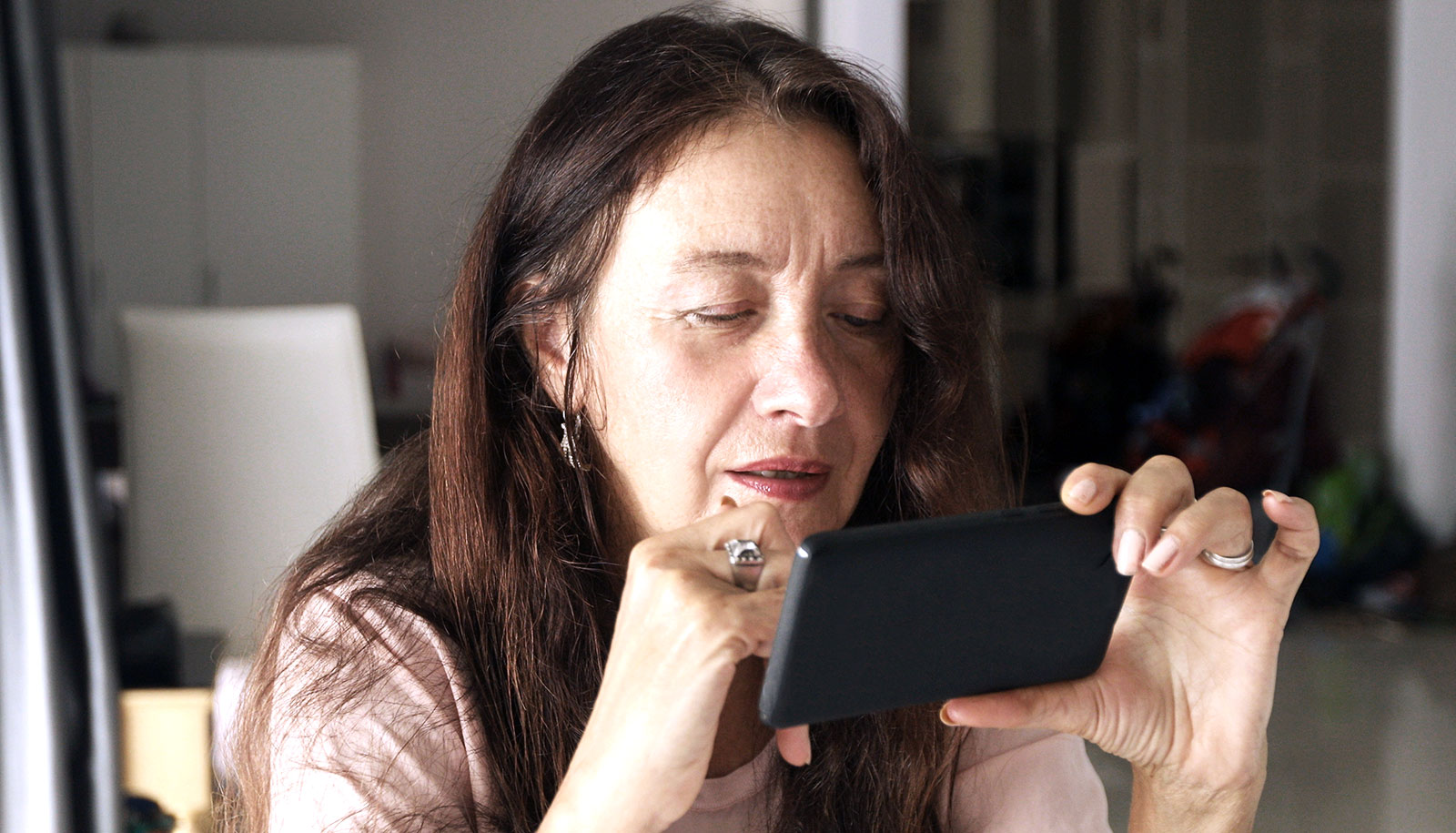High school students still have difficulty discerning fact from fiction online, according to a new report.
The report provides sobering evidence that prospective young voters lack the skills to judge the reliability of information online, the researchers say.
More than 96% of high school students researchers surveyed failed to consider that ties to the fossil fuel industry might affect the credibility of a website about climate change, More than half believed a grainy video on Facebook that claimed to show ballot stuffing (which was actually shot in Russia) constituted “strong evidence” of voter fraud in the United States.
“Educational systems move slowly, but technology doesn’t.”
“If the results can be summarized in a single word, I would say they’re troubling,” says coauthor Sam Wineburg, a professor of education and of history and American studies at Stanford University and founder of the Stanford History Education Group (SHEG).
“The 2020 presidential election is just a year away, and many current high school students will be first-time voters. Our findings show that they are unprepared to assess the information they encounter.”
Recognizing bias and bad facts
The report follows up on a 2016 study showing how young people were easily duped by information on the internet.
After the release of that study, and with widespread concerns about the impact of “fake news” on the 2016 presidential election, policymakers and educators nationwide pursued a variety of initiatives to address the issue, including state and federal legislation allocating resources for media literacy instruction.
The new report suggests these efforts have failed to move the needle. Between June 2018 and May 2019, researchers administered six tasks to 3,446 students to gauge their ability to evaluate digital sources on the internet. Students were recruited from 16 school districts in 14 states, representing a diverse selection of the country’s public schools that matched the demographic profile of high school students across the United States.
“By accepting these websites and videos at face value, students are making it too easy for bad actors to undermine faith in the democratic process.”
One task provided students with a link to the website of an organization claiming to “disseminate factual reports and sound commentary” on the effects of carbon dioxide on the environment. Asked whether the website was a reliable source of information, students were reminded that they were allowed to search online to answer that question. A basic internet search reveals that fossil fuel companies funded the organization behind the site—but more than 96% of students failed to consider these ties in answering the question.
Another task sought to gauge students’ ability to evaluate the credibility of a grainy video posted on Facebook that showed clips of poll workers surreptitiously stuffing ballots into bins. Captions in the video tell viewers that the clips depict 2016 Democratic primary elections in three US states, though the clips actually show voter fraud in Russia. Asked whether the video provided “strong evidence” of voter fraud during the 2016 Democratic primaries, 52% of the students says yes.
“By accepting these websites and videos at face value, students are making it too easy for bad actors to undermine faith in the democratic process,” says Wineburg. “Thriving democracies need citizens who can evaluate and access reliable information.”
We need better digital literacy
The researchers conclude that current approaches to digital literacy instruction are inadequate, particularly a “checklist” method that asks students to consider certain criteria as they look at an individual website. This approach can mislead students, the researchers say, by focusing their attention on a single site instead of teaching them how to consult the broader web to establish a site’s trustworthiness.
The report calls for a greater investment in more rigorously evaluated curriculum materials that can be distributed widely at no cost.
“Educational systems move slowly, but technology doesn’t,” says coauthor Joel Breakstone, director of SHEG. “We need to act urgently to ensure our students’ ability to engage in civic life.”
William & Flora Hewlett Foundation funded the report. Staff from Gibson Consulting, an education research group in Austin, Texas led student recruitment, scoring, and data analysis for the report.
Source: Stanford University



